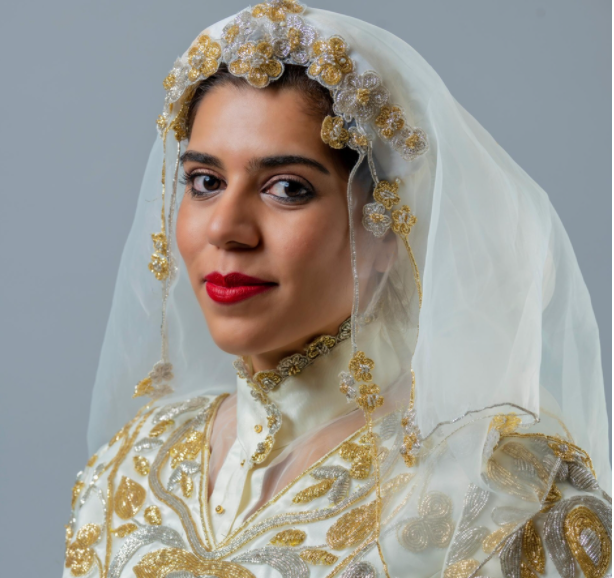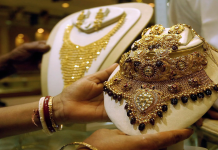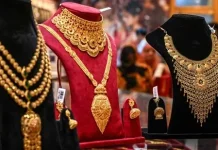Each region is home to colourful traditional clothes that speak to their location
Spread across 2.15 million square kilometres, Saudi Arabia is the 12th-largest sovereign state in the world. Its culture is diverse, featuring unique foods, dialects, customs and, of course, clothes.
The kingdom has 13 provinces, each of which is sartorially rich in its own right, with different designs for different occasions found in every region, if not every city.
When envisioning Saudi fashion, many will picture a woman in black and a man in white, but the black abaya is only one slice of Saudi fashion history. Each region also has colourful traditional clothes that speak to their location: mountainous areas usually feature trousers for easy walking, while the colder north favours thicker fabrics.
But they all share a common feature: modesty.
In celebration of Saudi Arabia’s 90th National Day, we take a look at some of the traditional clothes from across the country’s different regions.
A dress such as this would have taken three to four months to finish, and it uses silk and a golden thread. People in the Asir region are known for their bold use of primary colours, as well as pinks, oranges and golds – these can be seen on the exterior walls of their homes, too.
The dress pictured here is a slightly more contemporary version, but the typical Asiri dress is so popular and revered for its beauty and craftsmanship that many women across Saudi Arabia, who’ve never even been to Asir, will have one in their wardrobe.
Madinah: bridal outfit
This style is worn by brides in the Madinah region in the west of Saudi Arabia. The light-pink style of dress features several layers, including those that cover the face. Today, brides might choose to wear this on their henna night, as they will now often wear a more western-style white dress on their wedding day.
At her wedding, when a bride wears this pink dress, she will walk to the kusha (or stage made up of cushions where she will sit), by stepping on small stools, to ensure she remains elevated, as if walking over a bridge.
Tabuk: the north-west
This style of dress is very common among tribes in north-western Saudi Arabia. A woman we spoke to from Tabuk said all women of older generations will have one of these dresses in their wardrobes. Women used to stitch these themselves at home, and most older women from the north-western tribes will still know how to craft them.
Tabuk is a colder region, so this dress is made from a thicker fabric and is heavy to wear.
Hijaz: a bridal outfit
This is a typical bridal dress for a bride from the Hijaz region, especially in Makkah or Jeddah. It is called darfat al bab, which translates to “the main part of the door”. This is because the dress is very heavy and has decoration on both its front and back.
Two types of scarves, called the miharam and maudwra, are worn on the head. These two layers of scarves are worn with most outfits in Hijaz, but with differing levels of decoration.
The red chairs pictured are called karwita. These have wooden bases and are topped with red velvet. They are very common in Hijaz. The white chair in the picture in the gallery above is called al minbar, and is specifically for a bride to sit in during a wedding ceremony.
This outfit is common in Hijaz, particularly in Makkah. It is sometimes called the Princessa, which is the name of the pattern you’d buy if you wanted to make it. The cut is the unifying element here, as it comes in many colours, and can be worn at different events; the more formal the occasion, the more intricate the embroidery. The one shown here is a more formal version.
Underneath the dress is a high-necked blouse called the sidryah, which is always collared and invariably features ornate gold or pearl buttons. This is also worn with the miharam and maudwra headscarves.
Taif: the mountainous south-west
This style of dress is indigenous to Taif, specifically to the areas of Al Hada, Al Shifa and Wadi Mahram.
As these are mountainous areas, there is a pair of trousers underneath so that the dress, which is full length, can be folded and then belted, to make it easier to walk and climb uphill. The most common colour you’ll see this in is dark blue.



